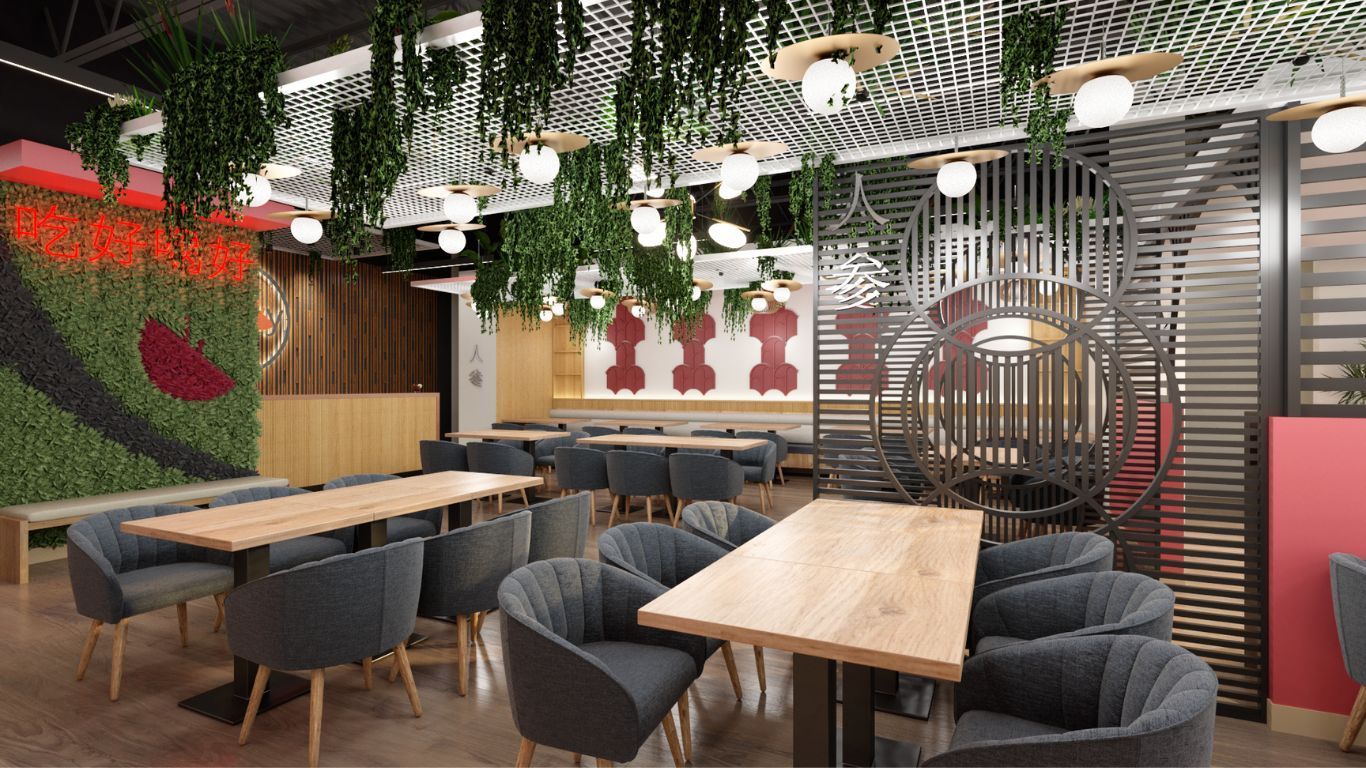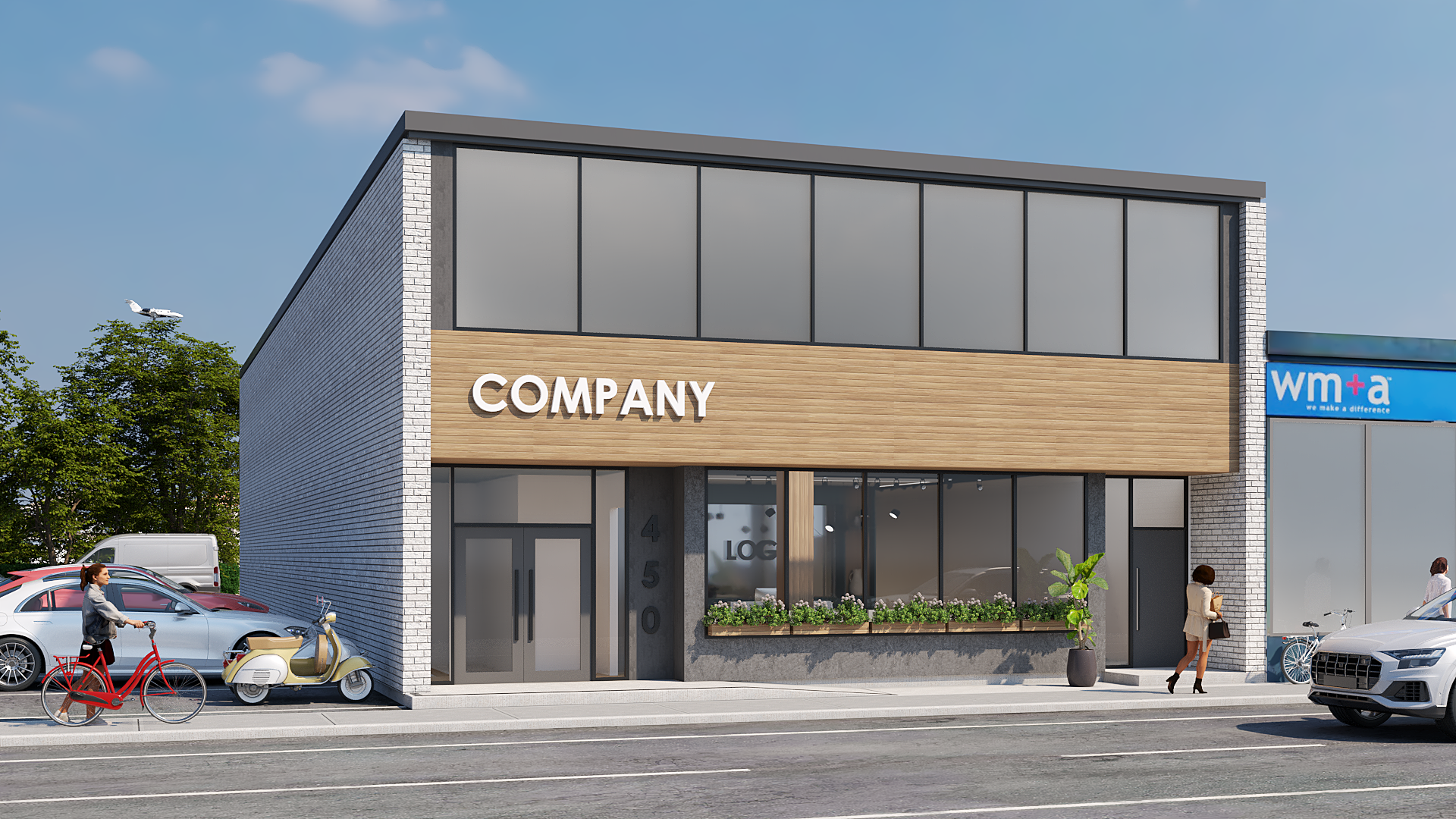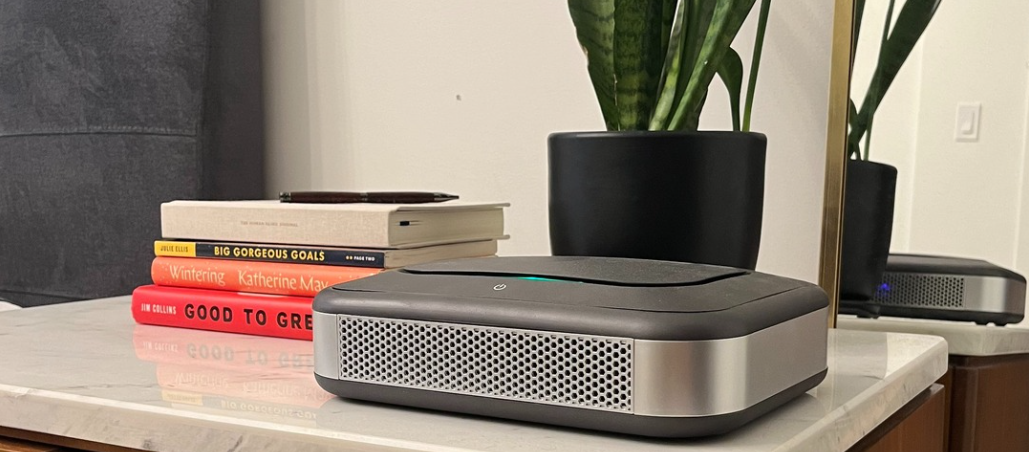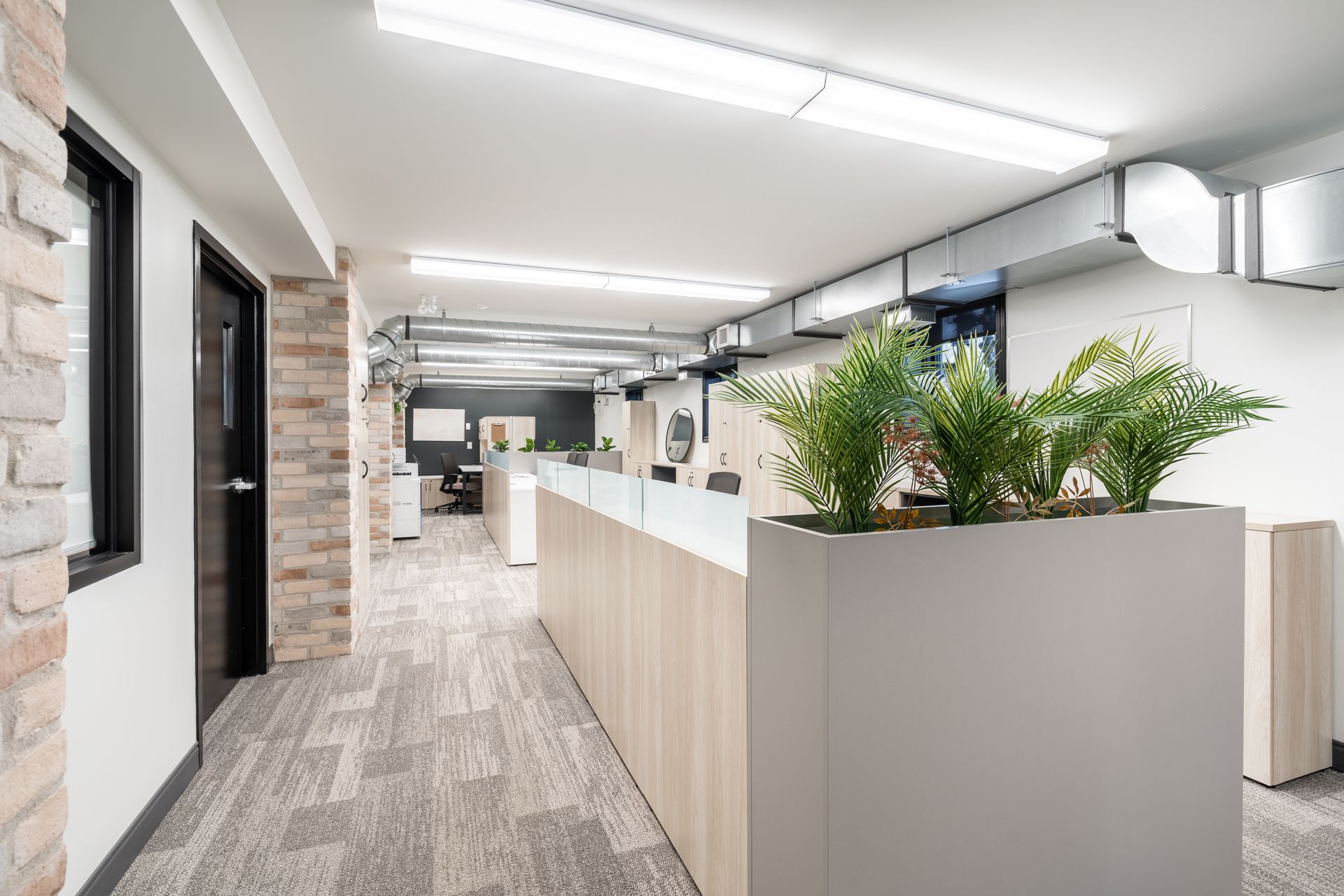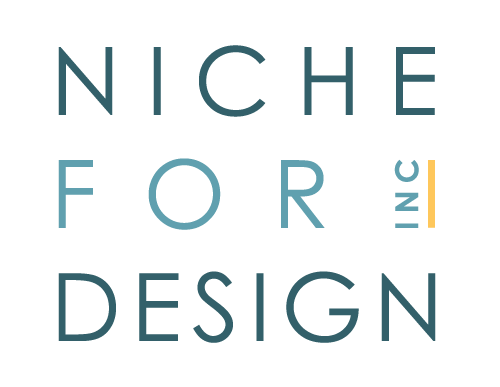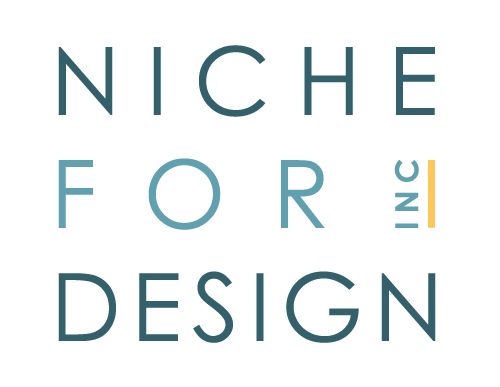Unlocking the Future of Workspaces: The Power of Free Address
In the ever-evolving landscape of work, one thing has become crystal clear: the optimal office is no longer a one-size-fits-all solution. As companies adapt to a new era of remote and hybrid work, the way we think about office spaces is undergoing a profound transformation. It's time to break free from the constraints of the past and explore alternative ways for our space to support how we work. One of the most exciting alternatives is free-address workspaces. This activity-based design approach provides a robust array of options and supports freedom of choice- a consistent preference identified in workplace research.
The New Work Reality: Hybrid Teams
The pandemic served to accelerate a trend that was already in motion – the rise of the hybrid workforce. Many companies have embraced the flexibility of remote work, and employees have come to appreciate the benefits of a more balanced work-life equation. At the root of this new perceived balance is an element of choice. Whether individual or company-wide, the choice of when and how to operate in office is going to become increasingly important to business success. There are two aspects that I feel I know for sure. One is that no one wants to be forced back to an office, solely to avoid it being empty. The second is that we as humans make more meaningful connections and collaborate more effectively in person. So, what does this mean for businesses? It is now time to see the intersection of Human Resources, Facilities, and Design and to look for innovative ways to optimize the office space.
One key consideration for companies in this scenario is what to do when their lease is up for renewal. It's a crossroads moment that offers a unique opportunity to reimagine the workplace. Should they stick with the same traditional setup, or is it time to explore new possibilities?
The Problem with the Traditional Office
Before we dive into the exciting world of free address workspaces, let's take a moment to understand why the traditional office might no longer be the ideal choice for many companies, especially those with hybrid teams.
List of Services
-
UnderutilizationList Item 1
Traditional offices often come with a fixed layout, closed offices, cubicles, and assigned desks. This model can lead to underutilization of space, especially when employees are working remotely part of the time. Empty desks mean wasted real estate costs.
-
Lack of FlexibilityList Item 2
The traditional office lacks the flexibility that hybrid teams require. Employees may need different types of spaces on different days, depending on the nature of their work.
-
Financial BurdenList Item 3
Maintaining a traditional office space can be costly, with expenses related to rent, utilities, and maintenance. For companies trying to balance budgets, this can be a significant and often unnecessary financial burden.
-
Reduced Employee EngagementList Item 4
The rigid structure of traditional offices can stifle creativity and collaboration (ironically, the very reason we want our teams in office in the first place). Employees may feel tied to their desks rather than being encouraged to explore and connect with colleagues.
Enter the Free Address Workspace
Imagine a workspace that breaks free from these limitations. Enter the free address workspace, a model designed to align with the needs of hybrid teams and the changing dynamics of work.
What is a Free Address Workspace?
A free address workspace is an environment where employees are not tied to specific desks or workstations. Sometimes mistaken for “hot desking,” free address is about flexible options for varied work environments as much as it is about having a choice of desk. Ultimately, it is a model that prioritizes flexibility, mobility, and collaboration.
Why Choose a Free Address Workspace for Your Hybrid Team?
List of Services
-
Optimal Space UtilizationList Item 1
One of the primary benefits of a free address workspace is optimal space utilization. Desks and workspaces are used efficiently, reducing real estate costs. With hybrid teams coming in on varying schedules, you're not paying for empty desks.
-
Flexibility for EmployeesList Item 2
Free address workspaces empower employees to choose their work environment based on their tasks for the day. Need a quiet spot for focused work? There's a space for that. Find the window seat chilly- choose another. Craving a collaborative session with team members? Find a communal area. Need to hop on a zoom call? There is a perfectly outfitted zoom booth just for that too! It's all about catering to individual work styles and preferences.
-
Cost-EffectiveList Item 3
Free address workspaces can significantly reduce overhead costs. You can downsize your office space without sacrificing functionality, saving money that can be redirected into other strategic areas of your business.
-
Enhanced CollaborationList Item 4
This model fosters collaboration and connection among team members. Instead of being siloed in their own cubicles, employees can move around and interact more freely, leading to increased creativity and teamwork. It is important to note, however, that closed spaces are still critical to the success of a free-address office. The key is options!
-
Boosted Well-Being Write a description for this list item and include information that will interest site visitors. For example, you may want to describe a team member's experience, what makes a product special, or a unique service that you offer.
-
Adaptable to Hybrid Work
As the nature of hybrid work evolves, a free address workspace is incredibly adaptable. Whether your team is in the office full-time, part-time, or rarely, the space can flex to accommodate changing needs.
-
A Competitive Edge
Embracing innovative workspace models can make your company more attractive to top talent. Many employees now consider workplace flexibility a crucial factor when evaluating potential employers.
Creating Your Free Address Workspace
Now that you understand the concept of a free address workspace, how do you go about creating one that suits your hybrid team's needs? Here are some essential steps to get you started:
List of Services
-
#1- Assess Your Current SpaceList Item 1
Begin by evaluating your existing office space. What works, and what doesn't? Consider how much space you truly need based on your hybrid team's schedules.
-
#2- Design with PurposeList Item 2
Work with professional interior designers who understand the free address concept and can create a layout that maximizes flexibility and collaboration.
-
#3- Provide Choice
Ensure that your free address workspace offers a variety of seating options, from quiet nooks for focused work to open areas for team meetings.
-
#4- Invest in Technology
Make sure your workspace is equipped with the technology needed to support hybrid work, including robust Wi-Fi, video conferencing facilities, and collaboration tools.
-
#5- Prioritize Wellness
Incorporate wellness elements into your design, such as ergonomic furniture, natural lighting, and spaces for relaxation and mindfulness.
-
#6- Set Clear Guidelines
Establish guidelines and policies to help employees navigate the free address model effectively. Communication and education are key here.
-
#7- Solicit Feedback
Continuously seek feedback from your hybrid team to fine-tune and improve the workspace based on their experiences and needs.
Where to Start...
Whether you are approaching the renewal of your lease or just planning for change, consider the future of your workspace. The traditional office may not be the best fit for the modern workforce, especially if you have a hybrid team. Embracing the concept of a free address workspace can unlock a world of benefits, from cost savings to enhanced collaboration and employee well-being. It's a strategic move that positions your company for success in the evolving world of work.
Ready to explore the possibilities of a free address workspace for your hybrid team? Book a call to learn more about our Feasibility Studies. A small investment could mean major facilities savings, while also creating an environment that supports the needs of your team in a meaningful way. Let’s create a dynamic and flexible workspace that propels your business forward into the future of work.
Like this resource? Feel free to share...
